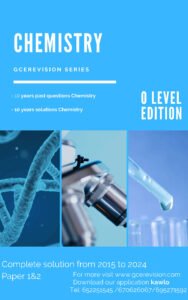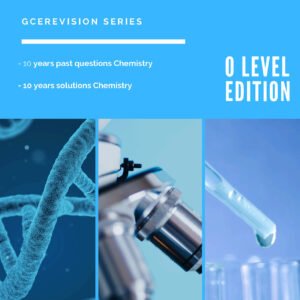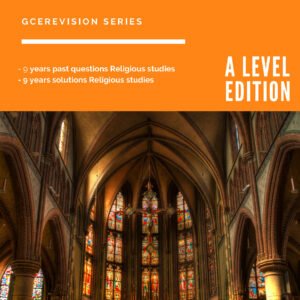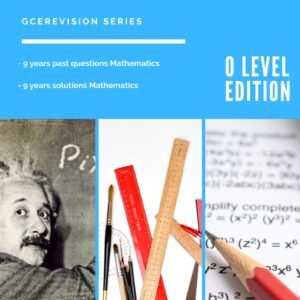Cameroon GCE ordinary level June 2025 chemistry 2
Cameroon GCE ordinary level June 2025 chemistry 2
SECTION A: Answer ALL questions in this section.
Chlorine exists naturally as two isotopes: \77CL and jyCl
(a) (i) What are isotopes?
1.
(ii) State the atomic number of chlorine.
(iii) State the number of protons, neutrons and electrons in Cl–37
Protons:
Neutrons:
Electrons:
(6 marks)
(b) Determine the RAM of chlorine, given that Cl–35 and Cl–37 exist in a ratio of 3:1
(2 marks)
(c) Chlorine exists as diatomic molecules,
(i) What is a diatomic molecule?
(ii) Name the intermolecular forces holding chlorine molecules
Fluorine, Bromine and Iodine arc some members of a family of elements on the Periodic Table,
(a) (i) Give the family name for the elements.
(ii) What is the physical state of
Fluorine? ,
Bromine?
• Iodine?
Chlorine is prepared by action of Manganese(IV) oxide, Mn02, on concentrated Hydrochloric acid
(i) State the specific role of Mn02 in the reaction.
(3 marks)
(b)
(ii) Write an equation for the reaction.
(£c) When Wt Bromine • is bubbled through colourless * Potassium i , \ iodide solution, the following, –reaction occurs
| ^ 2KBr (aq) + 12« | Br2(|) + 2KI (aq) |
| (i) State one colour change likely to occur during the reaction. (ii) Suggest what you think would happen if I2 vapour is bubbled into KBr(aq)solution. Explain |
SECTION B
Answer BOTH questions in this section using the spaces provided.
Both questions carry equal marks
, , i . , • : f.. • \
6. A student carried out a series of laboratory tests on two unknown salts, X, Y and an organic compound Z, in
order to determine their identities. Study the following table and complete the information required.
i
| PROCEDURE a)i To 2 cm3 of |
OBSERVATION | INFERENCE OR CONCLUSION | 2marks |
| Colourless, odourless gas is Identify the gas |
evolved, which turns lime
water milky
compound X in a test
tube is added dilute
HCl(aq).–
Which anion is present in X?.
Clean a graphite
pencil with
concentrated HC1; * *
Pick up a bit of solid
X on the pencil and
introduce it in a blue
Bunsen flame
n Brick red flame colour J Which cation is present in X? 2marks
Using the ions in a(i) and a(ii) above,
identify the compound X
()& ( •!. i‘i : bM‘fi; l } / I j i ! X i
b)i To 2 cm3 of Y in a Cu2+ ions are present in Y lmark
test tube, a few drops
of aqueous sodium
hydroxide are added
.
•To 2 cm3 of solution ‘ *
Y are added 2 cm3 of
White precipitate is
observed. Precipitate is
insoluble in excess acid
it – * Identify the precipitate 3marks
l !‘• >
BaCl2(aq) followed
by dilute HCl(aq) ‘ * Which anion is present in Y?
Identify the compound Y, using
information from b(i) and b(ii)
| No change in colour in each | Liquid Z is tested with c)i. |
| case both red and blue litmus |
|
| oflHo i •, (• ; t .llOi t |
paper |
What can you say about liquid Z? lmark
Effervescence occurs. The gas
released burns with a ‘pop’
sound
To 2 cm3 of liquid
compound Z is added a
piece of sodium metal.
u .Identify the gas evolved 2marks
tv :
Give the functional group 1 Z
•Liquid burns with a pale blue
flame
Liquid Z is introduced
to a Bunsen flame
in Suggest one substance that can be Z 1 mark
(12 marks)













